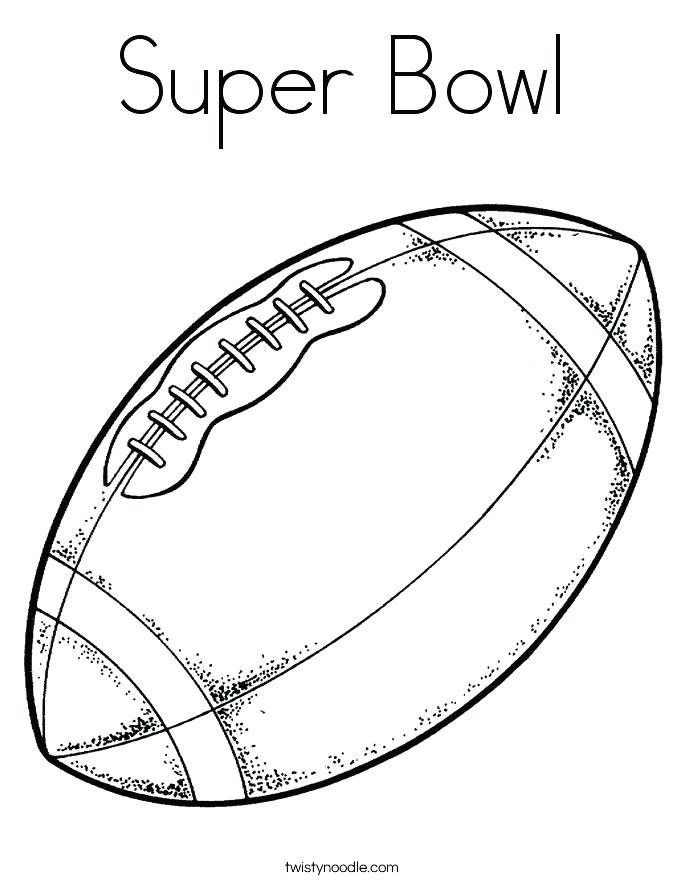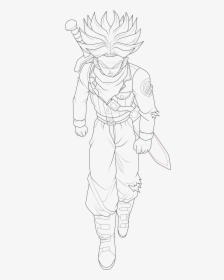
Great experiment on watching the colors blend together and reactions from the cotton ball dipped in dish soap. The more variety of colors the cooler the painting. When the dish soap enters the milk the fat begins to break up. But as seen above, 2% and 1% milk (which i had handy) also show stunning results. Science experiment with milk and food color.
Keep the drops close together in the center of the shallow container of milk.
This is a visually vibrant experiment, as learners drip food coloring on the surface of the products and measure. food coloring sits in drops in the water, too, making a stable system—until the dish detergent is added. First, pour milk into a small, flat dish. Start by pouring a small amount of milk into the plate so that the entire surface is covered with about a quarter to a half inch of milk. Patrick's day magic milk science experiment and enjoy an explosion of color! Pour the milk into the plate (milk with more fat content is better). When the dish soap enters the milk the fat begins to break up. Add a little more milk if needed, ensuring that the bottom of the container is fully covered. The food coloring in the whole milk bowl will move the fastest because the dish soap bonds, or holds tight, with the fat in the milk. Dish detergents are meant to separate out dirt or grease so they can be washed away. As more and more soap and fat molecules bond, the color movement slows down and eventually stops. Gently add one or two drops of red, blue, and yellow food coloring to the same spot in the center of the milk. For this experiment you'll need milk, food coloring, dish soap, and cotton swabs.
Add a little more milk if needed, ensuring that the bottom of the container is fully covered. July 22, 2020 10:34 am This means they're not mixed in, just hanging in the milk. Science experiment with milk, food coloring and dish soap. In this experiment, we needed a bowl, milk, food coloring (represents germs), a toothpick, and soap.
To test this, whole milk and 2% milk are used, mixed with food coloring.
Cool walking water science experiment. Easy lab report for putting milk, food coloring and dish soap together. Pour some milk into your tray. Great experiment on watching the colors blend together and reactions from the cotton ball dipped in dish soap. This experiment shows us how the fats and water in milk interact with the dish soap. Science experiment with milk and food color. When a drop of liquid soap is added to milk containing a few drops of food coloring, it creates an explosion of dancing colors. Put one drop of each color in different places in the milk. Add a couple dollops of dish soap around the tray. For this experiment, we will be using milk and food coloring to represent the water (milk) and gas (food coloring) in the respiratory system. Repeat the experiment using water in place of milk. food coloring is less dense than the milk causing it to remain suspended in the fat molecules of the milk. They can even put a paper towel on the milk to lift the color.
The food coloring is not as dense as the milk, and so it does not mix until it comes into contact with the soap, which breaks the fat in the milk down. To test this, whole milk and 2% milk are used, mixed with food coloring. Pour the milk into the plate (milk with more fat content is better). The more variety of colors the cooler the painting. Then, place some drops of food coloring.
Science experiment with milk, food coloring and dish soap.
In this experiment, we needed a bowl, milk, food coloring (represents germs), a toothpick, and soap. The fat in the milk is what makes this experiment work), then food coloring, then finally dish soap. Easy lab report for putting milk, food coloring and dish soap together. Cool walking water science experiment. Gently add one or two drops of red, blue, and yellow food coloring to the same spot in the center of the milk. Since milk is mostly water, it has surface tension like water. Put few drops of food coloring in the middle (if the color is too thick, dilute it with few drops of water) Pour dish soap into the small cup. Simply begin by pouring milk onto a plate. Use your ipad to record the experiment for future. Put just a tiny amount of soap on the end. The food coloring is not as dense as the milk, and so it does not mix until it comes into contact with the soap, which breaks the fat in the milk down. The dish soap does the same type of thing with the fat of the milk.
37+ Experiment Milk And Food Coloring Gif. Therefore, use whole milk for this experiment. Toothpicks (optional) this science experiment is simple to set up and quickly gets to the 'wow factor' It separates the two liquids and makes the colors dance! When the dish soap enters the milk the fat begins to break up. I tried using almond milk (because it was what i had in hand) but it didn't work.





